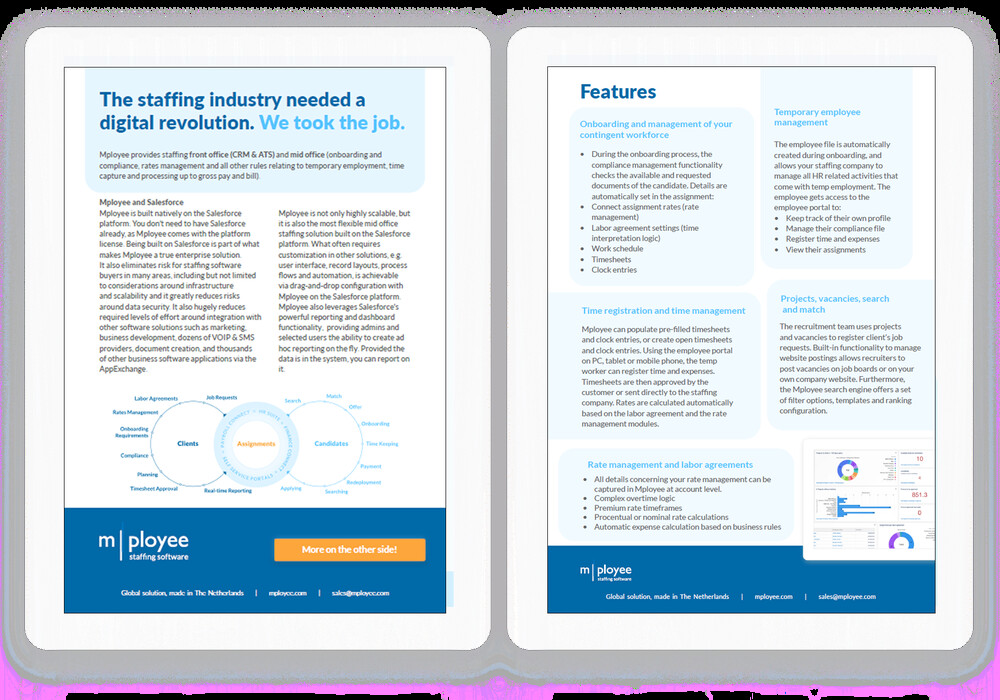Those of you who regularly read my posts or listen to The Staffing RecOps Podcast will know I’ve been on a mission to share insight and experiences from the staffing and recruitment sector on the topic of attraction, onboarding, retention and reskilling of contingent workers.
We’ve heard some fascinating insights from staffing and recruitment leaders as to how they are managing all of this within their businesses. There’s been one standout sector that appears to be facing a real compliance and worker management headache: the infrastructure sector.

A complex landscape
In Episode 9 of The Staffing RecOps Podcast, I spoke to Stuart Fraser, Group Accounts Director at Ganymede - a specialist in infrastructure recruitment, including delivering staffing solutions for the rail industry. While Stuart highlighted candidate attraction as their greatest challenge at the moment, a common theme for most recruiters currently, what really stood out is the sheer scale of the complexities the business has to juggle on a day-to-day basis.
The nature of the job makes it one where compliance is key not just from the initial onboarding stage, but also on a more regular basis. Throughout our conversation, Stuart talked at length as to the range of requirements workers had to meet.
From initial training, employment screening, drug testing and more at the initial onboarding stage, to regular re-screening and testing throughout their employment, there are a lot of compliance hoops that these individuals and the recruiters placing them must jump through.
There’s also the guidance around working hours and fatigue management, that require those on shift to have a 12-hour break before returning to work. Ensuring this happens requires a lot of very careful planning, including factoring in commute time.
The above touches on just some of the complexities that come with staffing and recruitment for infrastructure projects. I invite you to listen to the podcast for deeper insight. My conversation with Stuart highlighted the powerful role having the right technology and software plays in contingent workforce management. If we consider the cost of managing compliance and onboarding manually for the examples Stuart shared with us, it would considerably detract from any profits and the ability to scale operations further would be severely impacted.
The bigger concern when staffing and recruitment agencies manage such complexity without the right technology and fail-safes in place, is the potential for human error raising the risk level. Risks to health and safety, risks to project success and delivery deadlines, and risk of litigation.
The candidate experience matters
We also need to look at this from the other side. A good candidate experience is crucial.
We’ve talked before about the need for attraction and onboarding to deliver the best experience for individuals and on how ongoing strategic engagement improves retention. Stuart’s thoughts add another layer to this. Given how complex it can be to secure work in the world of infrastructure, anything that makes the process easier for the workers themselves should be applauded.
This is perhaps more relevant to the ‘Blue Hats’, or apprentices and trainees in the sector, who may not have previously experienced a recruitment process with such stringent compliance requirements. Providing all the support candidates need ahead of, during, and after an assignment is critical to not only ensuring they remain on your books, but also in keeping them in the sector. This requires a combination of tech-enablement alongside the human touch. As Stuart highlighted, there is a skills shortage in infrastructure that isn’t going away anytime soon. Losing those early in their career due to inefficient processes would be a huge and unnecessary waste.
Worker compliance complexities
Why does the above matter to you? The takeaway I gained from my conversation with Stuart is this: recruiting and onboarding contingent workers is a complex process wrought with pitfalls if managed by humans alone. Deliver with the right balance of tech, automation, and human touch will enable you to streamline processes, enhance efficiency, and provide a personalized and engaging experience. This will ultimately improve candidate satisfaction, increase placement success rates, and strengthen your agency’s reputation.



